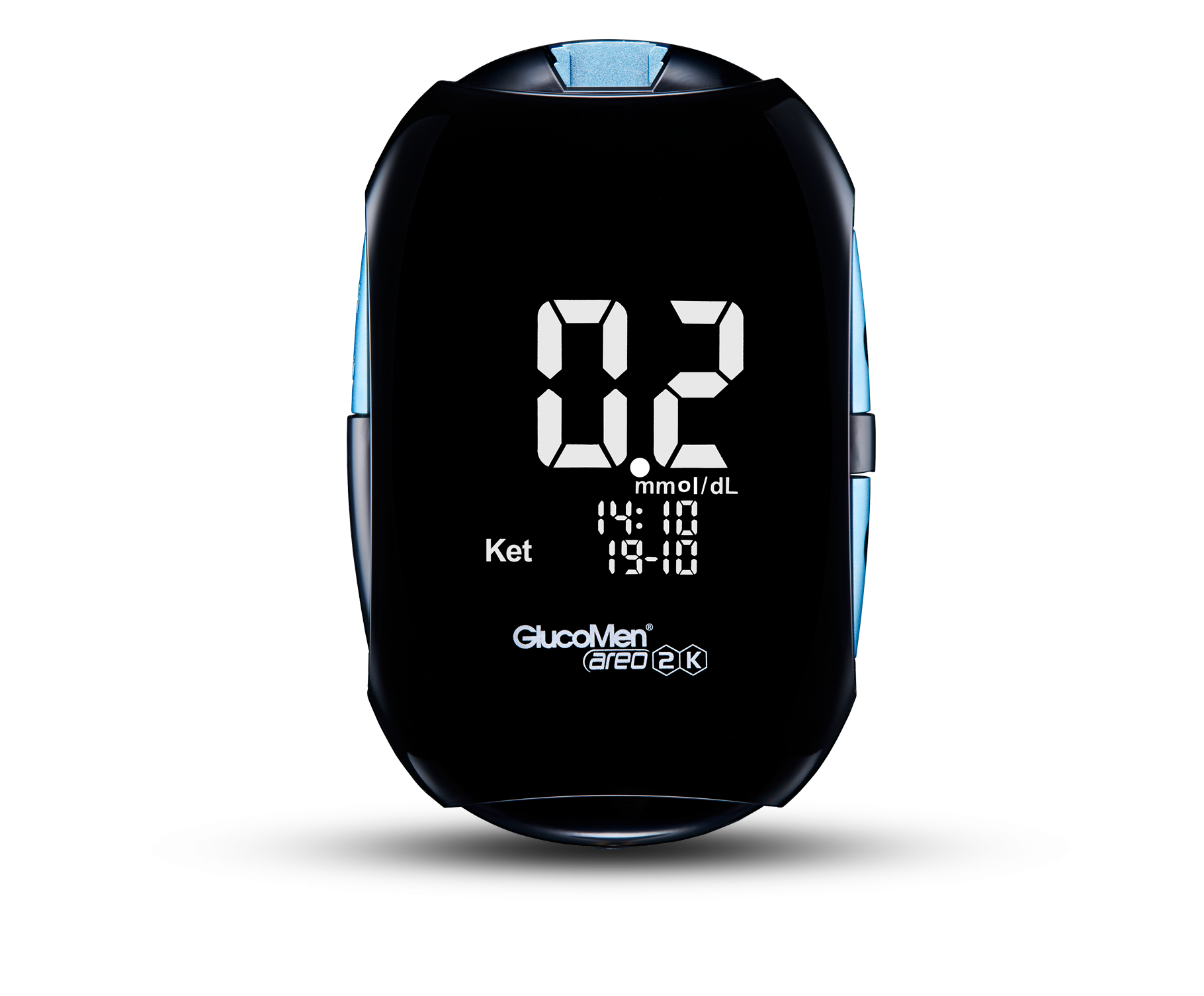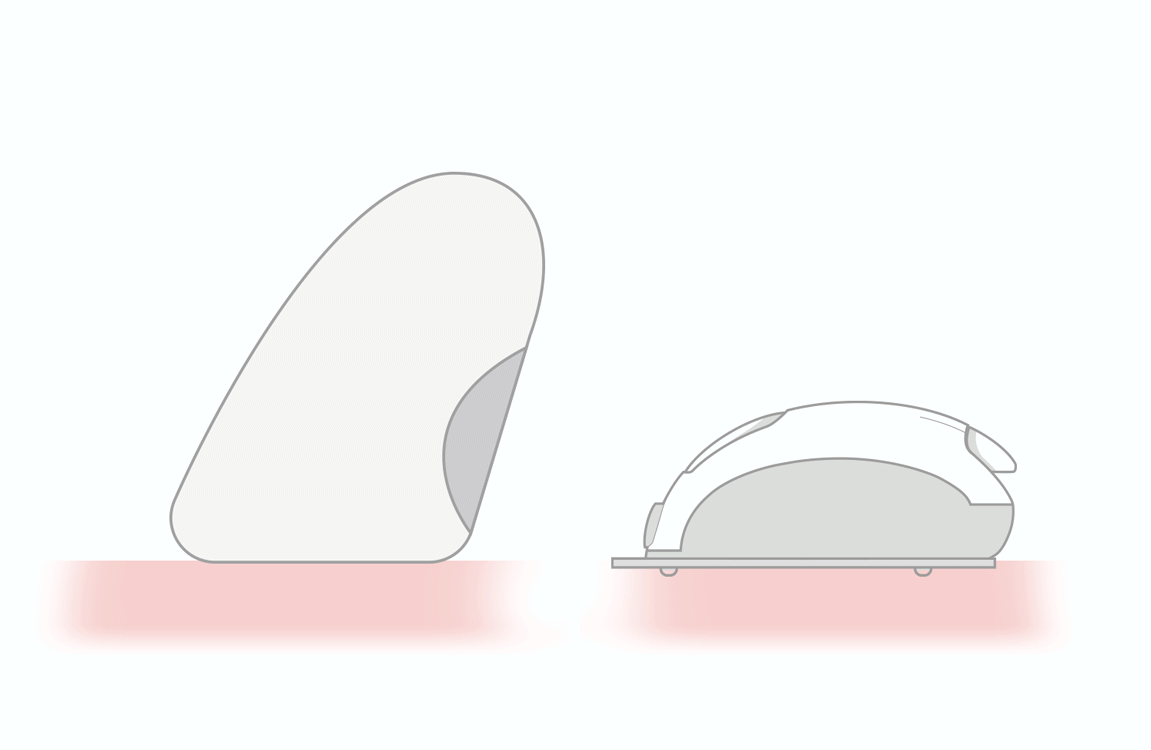checking your ketones


When glucose availability is low (during fasting, carbohydrate restriction during a ketogenic diet, prolonged exercise), insulin levels drop and this leads to mobilization of fat (in the form of fatty acids) from fat depots, so that the liver can metabolize fatty acids to ketone bodies that can be used as an alternative energy source by most organs1,2.
The word “ketosis” indicates an increase in ketone bodies in the blood. Physiological or nutritional ketosis is a metabolic state that occurs physiologically in healthy individuals, when glucose availability is low (fasting, exercise, ketogenic diet) and the body uses ketone bodies instead of glucose as an energy source1,2.
During a ketogenic diet without calorie restriction, nutritional ketosis is obtained by adjusting the macronutrient composition of the diet, i.e. by restricting daily carbohydrate intake to a maximum of ~50 g or ~10% of total energy, with adequate protein intake (1.2–1.5 g/kg/d) and the remaining energy intake coming from fat3. A ketogenic diet may or may not involve calorie restriction.
Ketogenic diets are increasingly used for weight loss. Athletes competing in specific weight categories, strength and power athletes may also benefit from a ketogenic diet4.
However, during moderate or high intensity exercise, carbohydrates are the main energy substrate, and depletion of glucose depots (glycogen) may be a limiting factor in performance5.
Before engaging in a ketogenic diet, ask your doctor whether this regimen is appropriate for you.
During physiological ketosis, beta-hydroxybutyrate levels in the blood are in the range of ~0.5–3 mmol/l1,6.
These measure acetoacetate in urine. Urine dipsticks provide only qualitative results, and are subject to medication-related interference and colour discrimination errors when reading the test strip9.
These measure acetone in the breath.
However, most breath analysers do not have any data regarding their utility for use in a ketogenic diet10.
These measure beta-hydroxybutyrate in capillary blood. Ketone meters have been associated with earlier detection of ketosis, and are not subject to colour discrimination, unlike urine ketone dipsticks. Blood beta-hydroxybutyrate measurements provide more clinically useful information than methods that measure urine acetoacetate or acetone levels9.
In general, ketosis can be assessed by measuring acetoacetate in urine or acetone in breath, but blood testing is considered most accurate6.


With clean and dry hands, insert the sensor into the instrument as far as it will go: you will hear an acoustic signal and the display will show Ket (ketones).
After pricking your finger, let out a drop of blood. Keep the tip of the sensor in contact with the blood drop until you hear the acoustic signal.
Dispose of the sensor safely thanks to the integrated eject buttons.


GlucoMen areo 2K is an high-tech medical device available in a modern and pocket-size case.
Ergonomic and sleek design
Size: 8.5 x 5.6 x 1.8 cm
Weight: 46 g
A. Menarini Diagnostics s.r.l
Via Sette Santi 3 – 50131 Firenze ITALY

GlucoMen areo 2K is available in:
Find it at your local Pharmacy.
* The product is available under the name GLUCOFIX TECH 2K
A. Menarini Diagnostics s.r.l
Via Sette Santi 3 – 50131 Firenze ITALY
The automatic inserter allows quick and painless insertion of the sensor compared to traditional cannula needle insertion.

cannula needle insertion
needle-free application